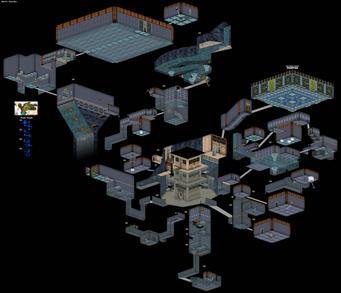Level design principles are not rules, they are more like guidelines that will help a new designer in their process of designing.
Like any other art form, level design requires its own process of discovery through practice.
Guidance
The first thing a level must do in a game is introduce the mechanics of the game.
Some games use tutorial with explicit instructions. Others use visual cues to guide the player to discover the mechanics.
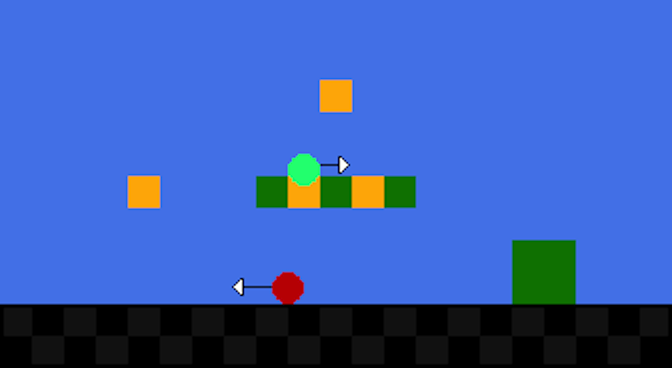
It is also important to intoduce the goal of the game.
The goal of each level should always be clear to the player.
In cases where the ultimate goal of the game may be mysterious, there must be something else compelling the player to move forward, such as a narrative or visual interest.
Obstacles and rewards
Once the mechanics and goals are established, obstacles and rewards are introduced to complicate the experience of the level.
Obstacles or challenges should be fun and engage the player to progress through the game.
Rewards should reinforce the goals of the game and lead the player towards mastery of mechanics.
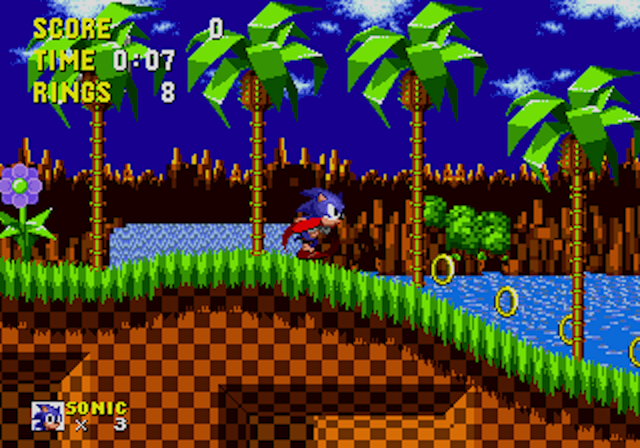
Perfect player principle
This principle states that there should in theory be a perfect player that can complete a level without any prior knowledge of the mechanics or design of the level.
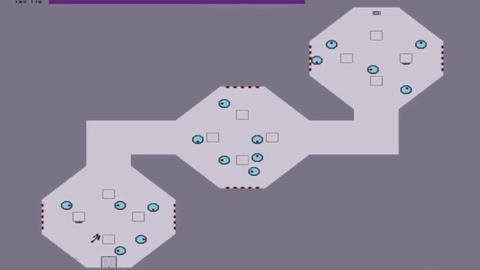
Unique levels
The levels within a game should have unique qualities.
A good level could be described easily to any player of the game and they should know which level is being described.
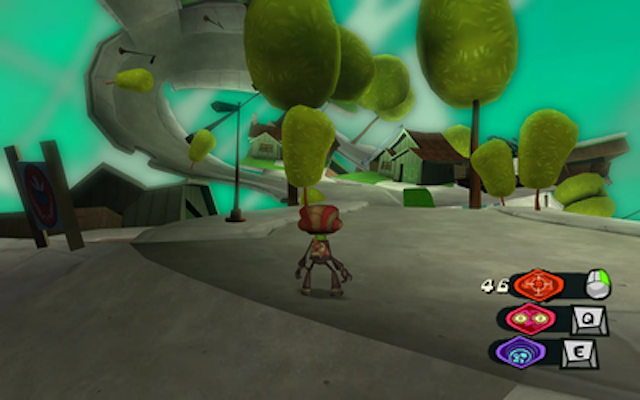
Pacing
A level should offer a series of challenges without ending too quickly or requiring arduous or repetitive tasks.
